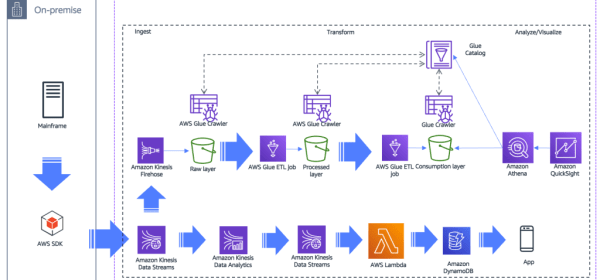Amazon announces EC2 Capacity Blocks for Machine Learning (ML), addressing scarcity of GPUs due to the high demand for ML applications. Users can reserve GPU instances for high-performance ML workloads using the pay-as-you-go model. Initially available for EC2 P5 instances in the AWS US East (Ohio) region, this approach also allows planned ML development with predictable access to high-performance instances.










